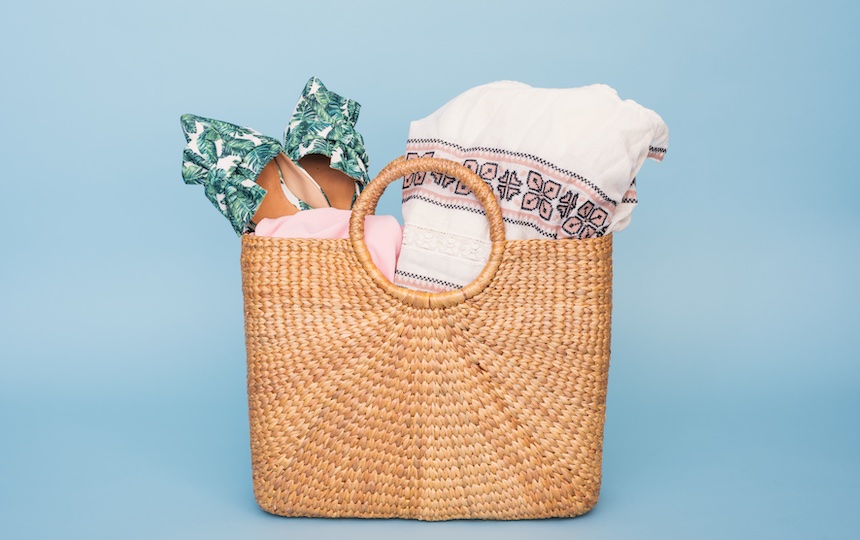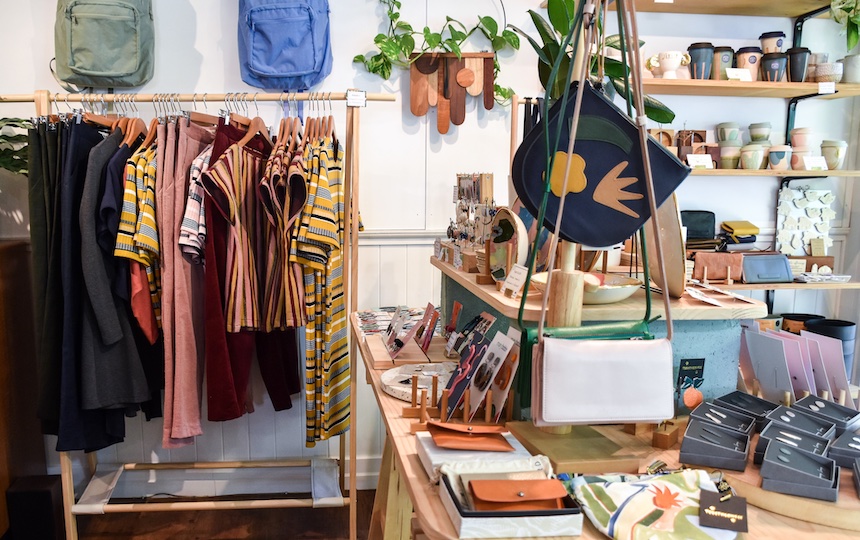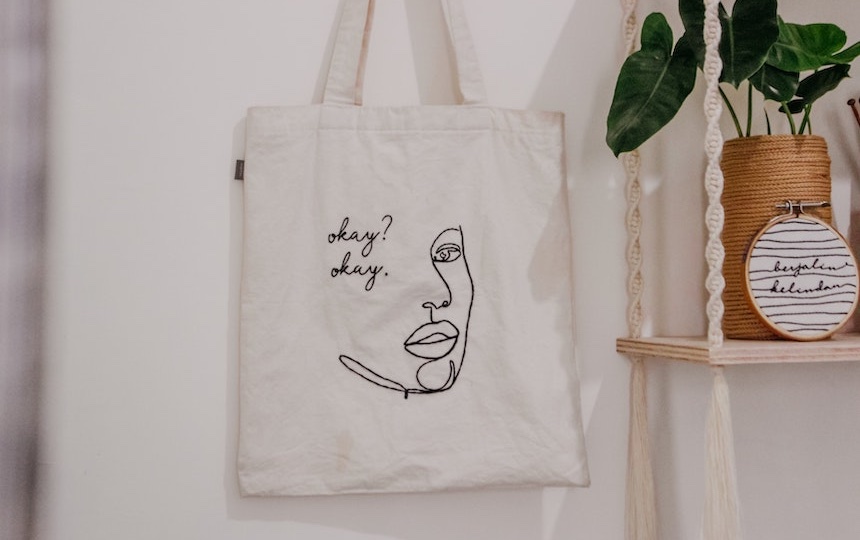Ethical consumerism is on the rise. Price and convenience are no longer the main purchase drivers, with many Australians becoming increasingly conscious of the environmental and social impact of their purchase decisions.
The rise of ethical consumerism is great news for the planet, and great news for brands producing ethically sourced and sustainable products and services.
So what’s the best way to connect with consumers that are mindful about what they buy and looking for ethical products?
At Pip, we share practical and inspirational stories with our community of over 50,000 eco-conscious Australians looking to live more lightly on the earth. Over the last eight years, our growth has been fuelled by our conscious effort to understand the needs of our readers and orient our content to best suit them.
Here’s our top tips for communicating effectively to consumers who are looking to make better buying decisions.
Tip 1: Be transparent and authentic about your brand values
Connecting with an audience that is conscious about their footprint on the planet and mindful about ethical consumption requires:
Transparency: Products and services are subject to a higher level of scrutiny.
Authenticity: Earth-conscious consumers want to buy from brands that are genuine in their sustainability efforts.
Trust: Building a genuine connection and meaningful relationship is important.
People want to know, like and trust you before they make a purchasing decision – and this is particularly true for consumers looking for ethical brands.
Products and services are subject to a higher level of scrutiny. Ethical consumers want to buy from brands that are genuine and transparent in their sustainability efforts across the entire lifecycle of the product, from sourcing materials to the recycling process.
Clearly communicate your brand story, values and mission on your website and throughout all of your marketing efforts. These should address why people need what you are offering, why they should choose you over alternative products and services, and the steps you are taking to reduce your carbon footprint
.
Ask these questions to help:
- Why did you choose to create your brand?
- What are the values that make your brand different to others?
- What is your mission, or the contribution that you want to make to society?
- What are the practical steps that you are taking to provide a more sustainable alternative to other products?
- How do you address the pain points or meet the needs of your ideal clients/customer avatars?
The more transparent you are with your story, your goals and how you produce your product or service, the more trust you will build with your clients.
To take Pip as an example, we proudly share our story, mission and environmental credentials on our website, and try to be as transparent as possible about the production process of the magazine and how we work.
Tip 2: Build trust by appearing in the right context
Building trust is really important in developing meaningful relationships with eco-conscious consumers.
A big part of building trust is being seen in the right places. The context in which your brand appears helps a customer decide whether you’re truly committed to your ethics, and whether they want to buy from you.
Look for marketing channels and media brands that are seen as authentic, trusted sources and share the same values as you.
What does an authentic media brand look like?
It can mean slightly different things to different brands. At Pip, it means:
Serving readers first, and regularly seeking feedback from the Pip community.
Producing quality, factual content relevant to their audience.
Only accepting advertising clients that align with Pip’s brand and ethics.
Aligning with an authentic brand that focuses on your area of interest gives you more control over how your brand is positioned, and improves brand recognition and purchasing intent. Incredibly, left brain memory encoding – which processes words and detail – is 42 per cent stronger when people view information on premium editorial websitescompared to social media.
Tip 3: Look for opportunities that let you tell your brand story to an ethically minded audience
Choose your external marketing channels based on whether your ideal customer engages with it. There isn’t any point in choosing a marketing channel if your prospective customers don’t use it.
On social media platforms, this might mean focusing on a particular platform over another, or changing your consumer marketing message to suit the demographic that you’re looking to reach on each platform. Creating targeted campaigns based on users’ interests or a campaign that retargets people that have visited your website are also good options.
When looking at other forms of digital and print media, choose a brand that focuses on the topic most relevant to your products and your ideal customers’ interests. The media brand that you select should be able to give you a detailed breakdown of their audience demographics and interests before you commit to your campaign with them. This is usually called a media kit – as an example, Pip’s media kit can be found here.
Also make sure to look carefully at the marketing options that are on offer and how you might be able to use these to your advantage. The most valuable options are those that let you explain your brand story in detail, including your values, mission and the steps you’re taking to make the world a better place.
Pip supports environmentally friendly, ethical brands by providing opportunities to connect with its eco-conscious community across its entire media ecosystem.
Our Gold Pip Partners share their brand story across all of our media platforms, including brand profiles in our print magazine, website, social media and e-newsletters, reaching over 75,000 Australians.
Find out how you can tell your story to our engaged audience who are looking to live more lightly on the earth by making better choices about the products they buy and the businesses they support. View our media kit, or contact Publisher Robyn Rosenfeldt.













